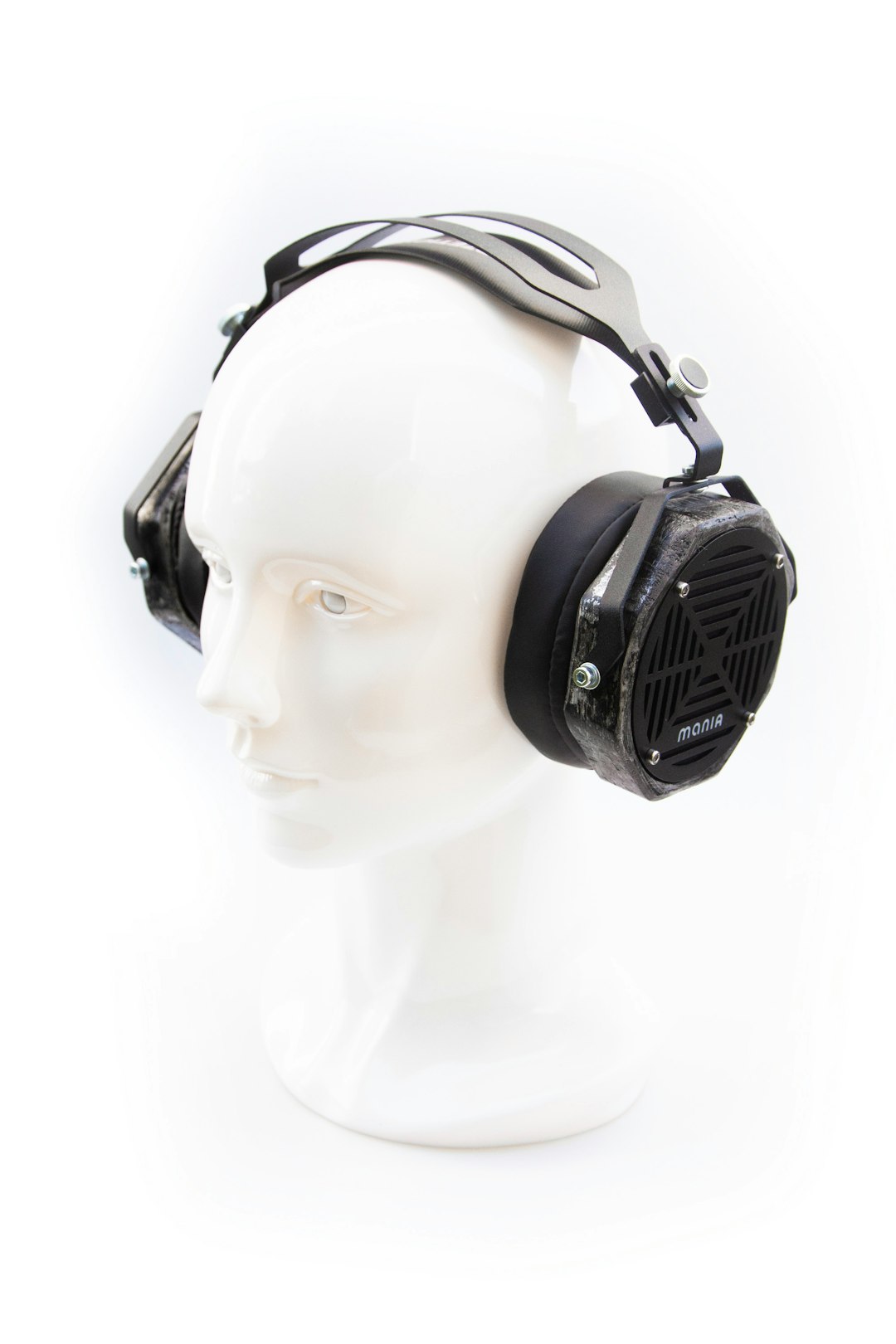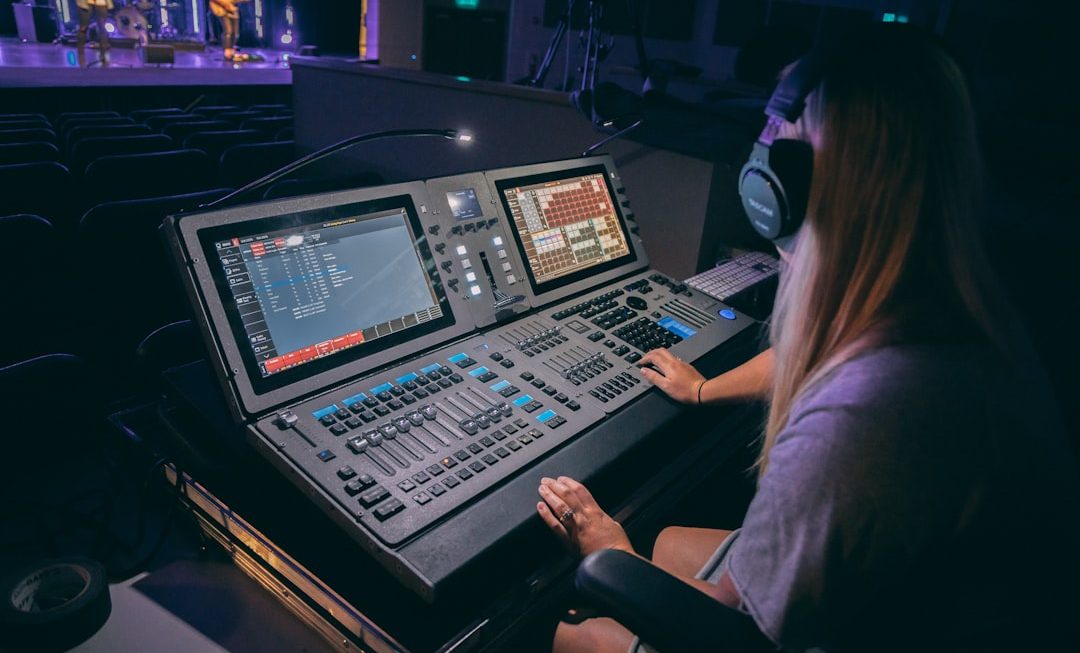In recent years, audio technology has taken a significant leap forward. As listeners increasingly seek immersive experiences, Apple has introduced Spatial Audio—a revolutionary listening technology that extends beyond traditional stereo sound. Originally launched alongside iOS 14 and integrated into Apple Music, Spatial Audio offers a new way of experiencing sound with AirPods and other compatible Apple devices. But what is Spatial Audio, and why does it matter? In this article, we’ll unpack the features and benefits of Spatial Audio, how it works with AirPods and Apple Music, and why it’s transforming the world of audio from passive listening to active immersion.
What Is Spatial Audio?
Spatial Audio is Apple’s proprietary technology designed to offer listeners a three-dimensional sound experience. Using dynamic head tracking and directional audio filters, Apple’s Spatial Audio simulates the effect of listening to audio in a real-world environment from all around you—above, below, in front, and behind.
Unlike traditional stereo, which delivers audio from left and right channels, Spatial Audio offers surround sound, creating a movie theater-like experience through headphones. For users wearing AirPods Pro, AirPods Max, or third-generation AirPods, the feature uses built-in gyroscopes and accelerometers to track head movements, adjusting the sound field accordingly to keep it anchored to the screen or original audio source.
Key Features of Spatial Audio
Spatial Audio technology combines several complex features to deliver an enhanced and immersive sound experience. These include:
- Dynamic Head Tracking: Automatically adjusts frequencies and directional audio cues based on head movement.
- Dolby Atmos Support: Integrates Dolby Atmos technology for a more expansive sound stage in music and movies.
- Directional Filtering: Adds cues to simulate sound coming from specific positions in 3D space.
- Device Synchronization: Keeps the audio field mapped to your screen, especially when using Apple TV or watching content on your iPhone or iPad.
- Personalized Spatial Audio: Available with iOS 16 and later, this feature uses the TrueDepth camera to analyze your ears and head shape for a tailored audio experience.

How Spatial Audio Works with AirPods
Apple’s AirPods Pro, AirPods Max, and newer models are designed specifically to support Spatial Audio. The headphones utilize built-in sensors to detect your head position continuously. When paired with an Apple device running a compatible version of iOS, these sensors inform the audio engine about your movement, allowing the system to simulate environmental sound changes in real time.
This is particularly beneficial when watching videos or playing games. For instance, imagine you’re watching a film on your iPad while wearing AirPods Pro. As you turn your head, Spatial Audio ensures that voices remain anchored to the actors on screen, giving the sense that you are inside the scene rather than just watching it.
Spatial Audio in Apple Music
Apple Music introduced Spatial Audio with Dolby Atmos in June 2021 at no extra cost to subscribers. This inclusion brought high-fidelity audio to millions of users, marking one of the biggest advances in how music is consumed on everyday devices.
With Spatial Audio in Apple Music, tracks are mixed using Dolby Atmos to place instruments and vocals around and above the listener. This results in a soundstage that feels wide, open, and detailed. A range of Apple and Apple-compatible headphones can support this feature, though for the best experience, AirPods and Beats with the H1 or W1 chips are recommended.
How to Activate Spatial Audio in Apple Music
Here’s how to ensure Spatial Audio is turned on:
- Go to Settings on your iPhone or iPad.
- Tap Music and then Dolby Atmos.
- Select Automatic to enable Spatial Audio when using compatible headphones.
You’ll know a song is playing in Spatial Audio when you see the Dolby Atmos badge on the Now Playing screen within the Apple Music app.
Benefits of Spatial Audio
There are compelling reasons to embrace Spatial Audio, especially for those already within the Apple ecosystem. Here are some of the main advantages:
- Immersive Experience: Whether you’re watching a movie or listening to a symphony, Spatial Audio makes you feel like part of the soundscape.
- High-Fidelity Audio: Enhanced frequency response and separation make music richer and more detailed.
- Movie Theater Sound at Home: Paired with an Apple TV and AirPods Max, users can achieve movie-quality audio in their living rooms.
- Automatic Adjustments: Dynamic head tracking ensures audio stays anchored to your screen or source, adding realism with no user input.
- Wide Device Compatibility: Beyond AirPods, newer Beats headphones and MacBooks can also support Spatial Audio for specific content.

Limitations to Keep in Mind
Despite its impressive features, Spatial Audio does have some limitations:
- Content Availability: Only specific songs and video files support Spatial Audio. Not all content on streaming platforms is optimized for it.
- Device Dependency: Full Spatial Audio functionality, especially dynamic head tracking, requires select Apple hardware.
- Mixed Audio Preferences: Some users may prefer traditional stereo, finding Spatial Audio less authentic with certain genres or poor mixes.
Still, as more creators adopt Dolby Atmos and 3D audio pipelines, the reach and quality of Spatial Audio are projected to improve substantially over time.
Spatial Audio and Future Innovations
Apple continues to innovate with Spatial Audio. The release of Personalized Spatial Audio demonstrated Apple’s commitment to tailoring audio experiences to individual users. In the long term, we can expect broader implementation in other Apple services such as FaceTime, fitness apps with 3D-guided audio instructions, and virtual reality environments.
Additionally, developers now have access to APIs that allow for the integration of Spatial Audio into third-party iOS apps and games. This will further expand the availability and variability of content optimized for immersive listening.
Conclusion
Spatial Audio represents a significant evolution in the audio experience, transforming how sound is delivered and perceived. It moves away from two-dimensional audio into a full 360-degree environment, providing listeners with a heightened sense of presence. With AirPods and Apple Music leading the charge, Apple has created not just another feature but an entirely new way to engage with sound.
For users already invested in the Apple ecosystem, taking advantage of Spatial Audio is not just about improved sound; it’s about stepping into the future of digital audio. Whether you’re streaming a concert, watching a movie, or taking a FaceTime call, Spatial Audio helps close the gap between recorded sound and real-life acoustics—bringing clarity, emotion, and realism that traditional formats simply can’t match.
As adoption grows and technology improves, Spatial Audio is likely to become a standard in personal and professional audio experiences. By getting acquainted with it now, users can be at the forefront of what promises to be the next frontier in sound.




